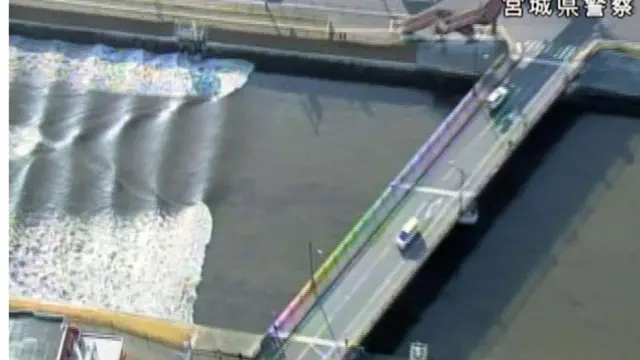The quake, which had a preliminary magnitude of 7.4, originated at a point 25 kilometres under the seabed, making it more likely to produce a tsunami.
Earthquakes occurring under the seabed commonly create tsunami as they create a gap in the sea bed levels and affect the sea water above, according to the Japan Meteorological Agency.
The tsunami measured up to 140 centimetres, the highest since the March 11, 2011 when tsunami caused by a magnitude-9.0 quake flooded a wide area of northeastern and eastern Japan. Some 18,000 people died or went missing after the 2011 mega natural disasters.
“The seabed could have sunk in a wide area, directly moving sea water and causing tsunami as a result,” Koshun Yamaoka, a professor of seismology at Nagoya University, said of Tuesday’s quake.
A series of magnitude 7 class earthquakes have occurred in the Pacific Ocean off Japan since seismic activities intensified after the 2011 earthquake, which is estimated to have had 200 times more energy than Tuesday’s jolting.
The focus of the magnitude 7.4 quake was in a rock plate 60 kilometres off Iwaki in Fukushima Prefecture, while the 2011 quake took place in a plate boundary 130 km off adjacent Miyagi Prefecture.
Despite the difference, the agency said it sees the latest quake as an aftershock of the 2011 quake as it occurred within the same region.
Kenji Satake, a tsunami expert at the Earthquake Research Institute of the University of Tokyo backed the view, saying, “The mechanisms are different, but the latest quake could be called an aftershock in a broad sense.”
(KYODO)
 简体中文
简体中文

